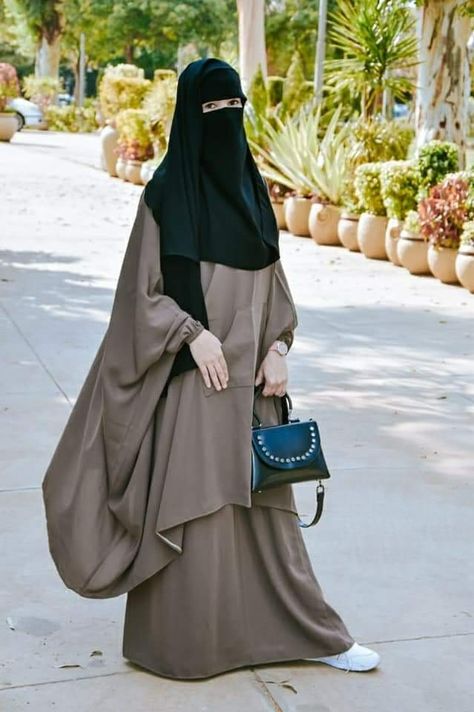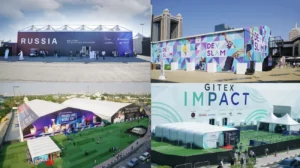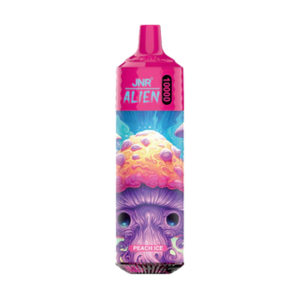Hijabs & Abayas: Unveiling Style, Tradition, and Modern Elegance

Introduction: The Versatility of Hijabs and Abayas
Picture this: a Pakistani woman standing in front of her wardrobe. She is deciding on the perfect outfit for the day. Her choice of hijab or abaya will not only reflect her style but also her identity. Hijabs and abayas have come a long way. They are no longer just traditional attire but have become versatile elements of modern fashion. Today, they blend modesty with individuality, embodying both culture and creativity.
In this post, we explore the fascinating world of hijabs and abayas. We discuss the fabrics that make them unique, the styling tips to elevate their elegance, and their evolving role in fashion. Let’s dive in!
The Fabrics That Define Elegance
Everyday Comfort Fabrics
The foundation of any great hijab or abaya is its fabric. For everyday wear, lightweight materials like cotton, jersey, and viscose are perfect. These fabrics are soft and breathable. They are ideal for Pakistan’s hot climate, especially during summers.
Jersey hijabs provide a snug fit without the need for constant adjustments. This makes them a great choice for busy days. Similarly, viscose abayas drape beautifully, offering both comfort and elegance.
Luxurious Choices for Special Occasions
When it comes to formal events, fabrics like chiffon, georgette, and satin silk stand out. A chiffon hijab paired with a beaded abaya instantly elevates your look. This combination is ideal for weddings or parties.
Embellishments like embroidery, sequins, or lacework further enhance these fabrics. They add glamour while maintaining modesty. The way these materials catch the light adds a touch of sophistication.
Sustainability and Fabric Choices
Sustainability is becoming more important in fashion. Many women now choose eco-friendly fabrics like organic cotton or bamboo blends. These options align with ethical values. They also offer comfort and durability.

Styling Tips to Elevate Your Look
Hijab Styling Tips for Every Face Shape
Styling a hijab can transform your outfit. For oval faces, almost any style works. A loosely draped hijab creates a soft, elegant look. Round faces benefit from more structured styles. Adding volume at the crown elongates the face. Heart-shaped faces shine with undercaps that balance the forehead and a drape that highlights the jawline.
Experiment with folds, pins, and layering to personalize your hijab. Whether it’s a clean wrap or an intricate layered look, the key is comfort and confidence.
Accessorizing Your Abaya
An abaya can be much more than a flowing garment. Modern trends introduce creative ways to accessorize:
- Add a statement belt to cinch the waist and create a flattering silhouette.
- Pair abayas with bold earrings, chic handbags, or stylish heels.
- Use metallic accents or embroidery for evening events. For daytime looks, choose neutral tones with understated accessories.
Layering Techniques for a Chic Modest Look
Layering allows you to blend modesty with modernity. Long cardigans, capes, or tailored blazers look great over abayas. Mixing textures adds visual interest. For example, pair a satin abaya with a knit cardigan.
Neutral abayas paired with bold, contrasting hijabs create a balanced and striking appearance. This technique is perfect for both casual and formal settings.
Cultural and Historical Touchpoint
The Origins of Hijabs and Abayas
Hijabs and abayas have deep roots in Islamic culture. They symbolize modesty and devotion. Their origins trace back centuries, yet their purpose remains steadfast. They provide dignity and a spiritual connection.
Abayas in Pakistan: From Tradition to Modernity
In Pakistan, abayas have evolved over the years. They started as simple black garments but now include intricate designs. Designers have added embroidery, embellishments, and innovative cuts. Pakistani women effortlessly combine tradition with contemporary trends. This allows them to celebrate their heritage while embracing individuality.
A Symbol of Empowerment
For many women, hijabs and abayas are symbols of empowerment. These garments allow them to express faith and personality without compromising style. Globally, modest fashion movements have shattered stereotypes. They show that elegance and modesty can go hand in hand.
Hijabs and Abayas in Modern Fashion
The Rise of Modest Fashion Worldwide
The global fashion industry has embraced modest fashion. Brands like Dolce & Gabbana have launched abaya collections. This shift showcases hijabs and abayas beyond cultural boundaries. On runways and in fashion weeks, modest fashion has emerged as a strong trend. It is redefining elegance for women worldwide.
The Role of Pakistani Designers
In Pakistan, the designers have embraced modest fashion. They create abayas and hijabs that cater to modern tastes. Boutiques and online stores offer endless options. From casual wear to high-end couture abayas, there’s something for everyone.
Social Media and Modest Fashion Influencers
Social media platforms like Instagram and YouTube have boosted modest fashion. Influencers showcase creative ways to style hijabs and abayas. They make these garments relatable and aspirational. Their content encourages women to experiment with their looks. It also helps break barriers while staying true to values.
Conclusion: Embracing Timeless Elegance
Hijabs and abayas are more than garments. They express culture, faith, and individuality. Whether crafted from luxurious fabrics or styled with modern accessories, they remain timeless symbols of modesty and elegance.
Pakistani women continue to redefine these garments. They prove that modest fashion is not about limitations but about endless possibilities. So, whether you’re draping a hijab or wearing an abaya, remember: you’re celebrating a tradition as dynamic and unique as you are.













Post Comment